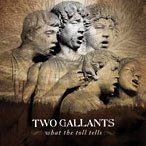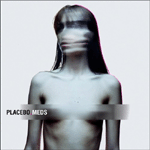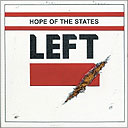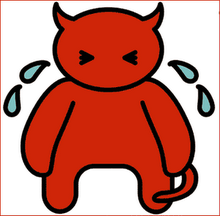 Dir. Nicholas Hytner
Dir. Nicholas HytnerThe History Boys
[Comedy]
Of all the popular British pastimes, smugly celebrating the supposed majesty of British comedy has to be among the most lamentable. Because we "get" irony and Americans don't, it's acceptable in Britain to make offensive jokes under the pretence of satire. For example, a Jew portraying Arabs as racist, homophobic and misogynistic is funny. Blacking-up and stereotyping black women is funny. Pretending that Asian women are incomprehensible is funny. I thought the dark days of Mind Your Language and Love Thy Neighbour were behind us, but a quick glance at mainstream British comedy suggests otherwise. Come on faithful TV, how long before Roy "Chubby" Brown gets his own Friday night sketch show?
Aside from the latent mainstream racism, supposedly "alternative" British comedy is also decidedly unfunny. Though a handful of shows have slipped shyly by with impotent mediocrity (Green Wing, The IT Crowd, Mitchell & Webb), we have also seen some of the worst "comedy" of all time. Hyperspace, for example, managed to get commissioned despite an unfunny premise, few recognisable jokes and that fat girl who's funny because she's fat and doesn't mind jokes about how she's fat so it makes her funny.
Elsewhere, Time Trumpet recently proved that Armando Iannucci is well past his sell-by date, and The Thick Of It almost defies description - never did I believe that a series could be considered amusing through the sad, desperate repetition of single four-letter word. Maybe it's fucking just fucking me, but I can't fucking understand why the fuck British fucking comedy is fucking considered so fucking better than its American counterpart.
Which, incidentally, brings us on to The History Boys - Nicholas Hytner's recent adaptation of the successful Alan Bennett play. The film follows a class of boys at a Sheffield school as they attempt to gain entry to Cambridge University. After successful A-level results, they return to school in order to perfect their interview routine under the watchful eye of teacher and part-time paedophile Hector (Richard Griffiths). Everything proceeds in a safe, light-hearted fashion with all the upper-middle class, tea and biscuit jokes that underline the insipid banality of recent British comedy.
The collection of characters is almost embarrassing in its absurd representation of every section of society; there's the black one, the Asian one, the fat one, the gay one, the foppish one, the laddy one, the dopey one and the working-class one - a strangely cosmopolitan bunch for a mid-80s South Yorkshire comprehensive. This aside, the film isn't actually very funny and didn't produce a single hearty laugh in the screening I saw. It occasionally considers issues of repressed homosexuality and the public perception of paedophilia, but this is largely superfluous (and unintentionally ironic) considering the appalling stereotypes on which the rest of The History Boys is based.
There is nevertheless a single, ten-minute section of the film, conducted entirely in French, which amused me. Recalling similar lessons experienced at school, the class attempt to perform a play in the language, stumbling over certain words and acting out the more difficult ones. The characters' Anglicisation of the language was excellent, and the slapstick accompaniment was similarly enjoyable.
The rest of the film plays on the tired notion of "aren't national eccentricities like soooo funny??!!" and suffers dreadfully as a result. The actors all do their respective stereotypes justice, but that only serves to emphasise the lifelessness of the script. However, given the recent state of British comedy, one laugh is probably above average and something for which the film makers should be commended. Oh and extra marks for putting the superb Clash instrumental "Mustapha Dance" on the soundtrack. 27



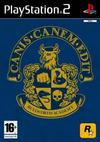



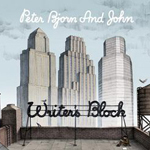
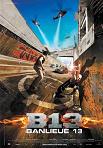

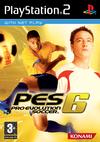




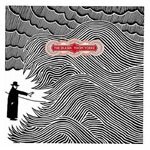 Thom Yorke
Thom Yorke